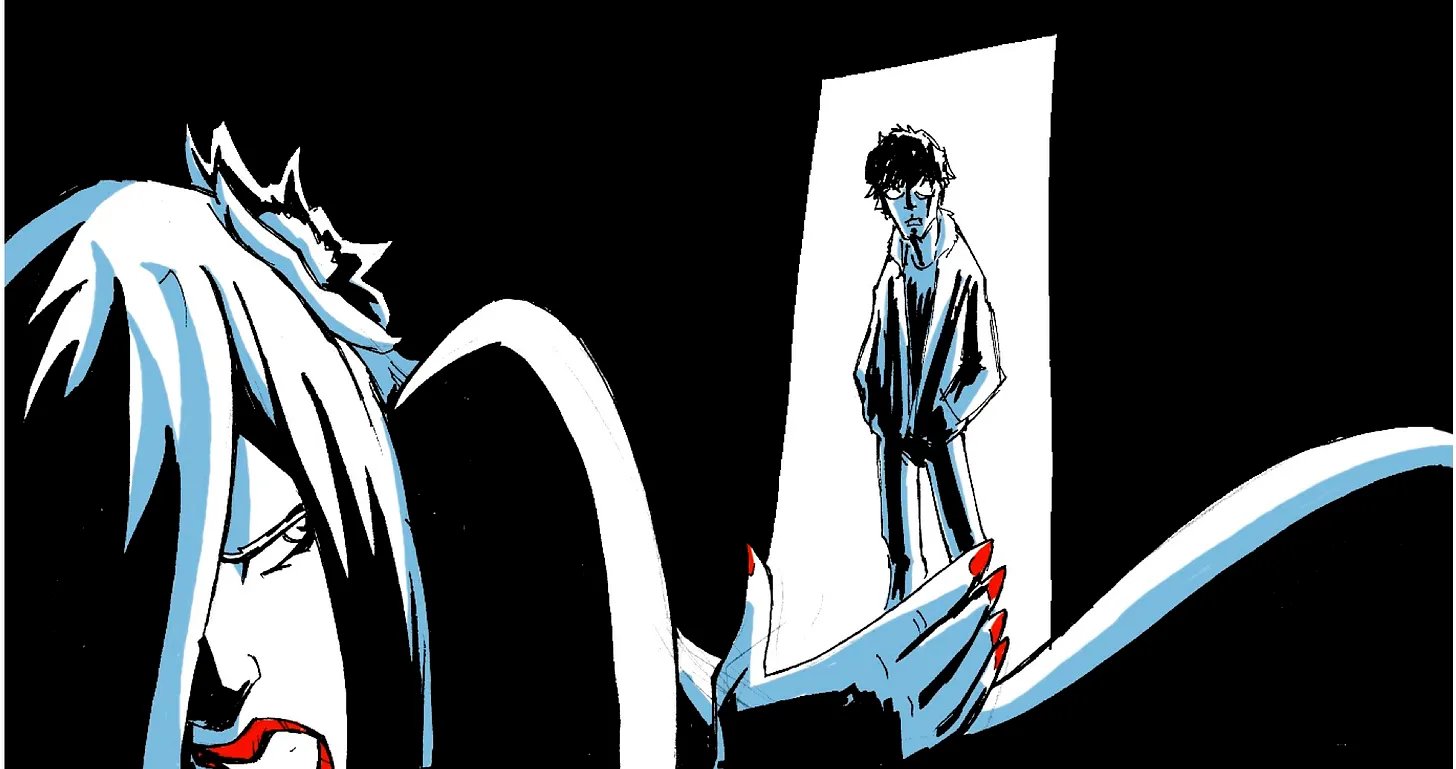IDEA | SCRIPT
I | Process Produces Artwork
The screenplay for any film can be a work of art in itself.
The path of becoming fascinated with cinema tends to lead one to an interest in scripts. After all, they are the blueprints to our favourite films, our beloved ideas.
It was a profound moment for me when I discovered that the scripts for many of my favourite films exist online for free. The fact that I could suddenly see how my artistic idols chose to first express their now renowned ideas was almost surreal. It felt like an illegal peak behind some divine creative curtain. A disarming and yet also grounding insight into mastery.
Scripts are like the painter’s sketches or the musician’s sheet music. They are primitive versions of the final creation — But creations they are nonetheless.
This week I’m presenting Rian Johnson’s script for his debut feature film Brick as an example of how screenplays can exist as their own artwork, in their own medium, separate to that of their film.
Artwork by Naeim Khavari.
II | Fuck The Rules, They Don’t Exist
Johnson wrote the first draft of the film’s screenplay as a novella. He knew what set his vision apart was the language of its world: A Neo-noir detective film transposed from the 1950’s to a modern American high school. And so he formulated his idea in the manner it first demanded.
If you’ve ever taken a screenwriting seminar or submitted a script for funding you will know how everyone, no matter their experience, loves to scrutinise scripts for breaking perceived rules. These people will say boring things like: “You can’t write music into your script. You shouldn’t say what the camera is doing. It must be X amount of pages long.”
These are empty statements masquerading as teachings. The truth is that scripts are like any art form, you can do whatever the fuck you want. And you should. Nobody has any idea what will work and what will not. So you might as well document your initial vision in whatever form you deem fit.
Granted, the standardised layout of the script allows for various teams of people to work together on one idea. But rarely is it just the script that leads this charge. Smaller plans are always made. In my view, the script is a true chance to establish your voice, build the world of your idea, and spark the imagination of your reader.
So let it do so.
III | Feel What It’s Like To Create a Masterpiece
Literature is a unique medium because we can all replicate the great works without needing any talent. For instance, one cannot reproduce a Picasso painting, or a Kubrick film, or a Simone song by simply using the same tools. Yet, it is entirely possible and somewhat easy to write Joyce’s Ulysses word for word and have it mirror the original art.
I once read that Hunter S. Thompson typed out The Great Gatsby in its entirety just to see what it felt like to produce a masterpiece. And if you’ve never tried to do this with something you love, even if it’s just a passage or a piece of dialogue, I’d recommend it. It’s an experience that offers more than you might expect.
I often practice this method with screenplays. There’s just something so intriguing about seeing what exact combination of words led to the films I perceive as masterpieces. I think because I so desperately want to create something as provocative and profound as my heroes that I view their scripts as sacred texts; bibles which hold the secret to creative genius.
Homework | Imagine
I don’t think this exercise need only lie with those who consider themselves artists. I implore you, whoever you may be, to try one of the following actions with a film you love. See what it offers.
Print out the script and read it like a book.
Watch the film with the script in hand.
Note what words led to the final images, what dialogue inspired the actor’s performances, what descriptions led to the detailed settings. And if you’d like to go even further with it, here are some of my favourite exercises:
Watch a film. Write your own script for it. Fill in the blanks of what you can’t remember. Then compare your script with the original.
Read a script for a film you have never seen. Try and visualise how you would translate the words to the screen. Watch the film to see how the filmmaker decided to do it. And finally, take note: Did your vision overlap with the filmmaker’s in any way? Did it differ? How so?
Novella | Rian Johnson
Here is Johnson’s novella version of the screenplay for Brick. Tap the image below to absorb:
Other Scripts | Various
Insightful to absorb as stand-alone pieces:
Rian Johnson
Rian Johnson is a sentient camera that knows exactly what it wants.






